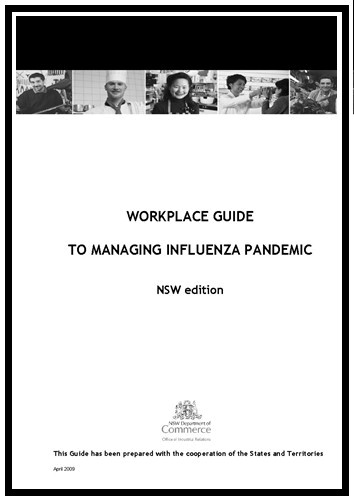Australia’s National Offshore Petroleum Safety Authority (NOPSA) has released a report of its own OHS performance based on data from 2005 to 2007. NOPSA has been in the public eye far more than normal due to the Varanus Island explosion and the various investigatory reports.
The report seems to indicate that, as a regulator, NOPSA is performing to expectations. NOPSA’s CEO John Clegg has acknowledged that the industry is below the level of its overseas counterparts. This is peculiar given that other Australian resources industries, like mining, are ahead of other countries and that safety in the offshore industry has had a high profile ever since Piper Alpha.
The report identifies challenges that are difficult but not very surprising:
- improving leadership – strong leadership is required for the Australian industry to move to the next level
- dealing with a shortage of skilled personnel
- managing ageing facilities and minimising gas releases
It will be very interesting to watch the benchmarking of NOPSA and its future role through the OHS harmonisation process that Australia is undergoing.
Below is the full report and the performance summary.





![sa0200906[1]_Page_1 sa0200906[1]_Page_1](http://safetyatworkblog.files.wordpress.com/2009/05/sa02009061_page_1.jpg?w=212) The Northern Territory OHS authority issued a guidance this week about
The Northern Territory OHS authority issued a guidance this week about ![HSS0075-Real -3.477447e+266state-Property 51804944nspection afety[1] HSS0075-Real -3.477447e+266state-Property 51804944nspection afety[1]](http://safetyatworkblog.files.wordpress.com/2009/05/hss0075-real-3-477447e266state-property-51804944nspection-afety1.jpg?w=212)